It's been just over three weeks since the first red-tailed hawk chick hatched in Tompkins Square Park, and they're finally getting big enough to be seen from the ground. They're growing fast and already have pin feathers on their wings and tails, but still have the fuzzy white bobblehead look.
A note about photography: Most of these photos were taken from 200 feet away, with the nest being approximately 60 feet up in a tree. Normally, I would say the photographer should be further away, but in this setting, which is in the middle of an urban park, that's not really possible, and the birds are tolerant enough not to be disturbed at this distance. However, there are other nests around the city where the hawks are much more sensitive to human presence (even just eye contact) and will not tolerate people in the vicinity. Take care to be aware of the environment and the particular situation. I know of at least two hawk nests that were abandoned this year due to human disruption and harassment.
Christo and Amelia are exceptionally tolerant of human activity, and it's easy to forget they are wild birds. They're not tame, and will not land on your arm or be fed. As long as we do not interfere with what they are doing, they will continue to live among us, allowing us to observe these intimate moments and marvel at their activities.
People often ask me about using a drone to get closer looks at the nest. Do not do this. Drones are illegal in Manhattan, and can only be flown in a select few locations in the city. You can find more information about New York drone laws here. Regardless of the legality, flying a drone anywhere near a nest causes great stress on the birds and can lead to injury if the bird decides to defend itself, or leave its chicks. In 2016, I was horrified to see a famous YouTuber fly his drone right up to Dora when she was on her nest with chicks. The Urban Park Rangers were summoned, but the YouTuber took off just before they arrived. In the footage he later posted to his channel, he removed Dora's audible screams and inserted thought bubbles intended to be humorous. Personally, I found it sickening. It was done for the sole purpose of generating views and comments, never taking into account the consequences of his actions.
Last year, I witnessed a drone harassing Christo as well as a local family of kestrels. The New York drone law says to call 911 if you see a drone flying in the city. If you see one harassing birds and you think calling 911 is too extreme, call 311 and report it to the Urban Park Rangers.
Finally, please take a look at Audubon's Guide to Ethical Bird Photography, which provides helpful advice about what to avoid when observing birds. We're extremely fortunate to have hawks nesting so close to us here in the city and as long as we show them respect, we can continue to enjoy them.

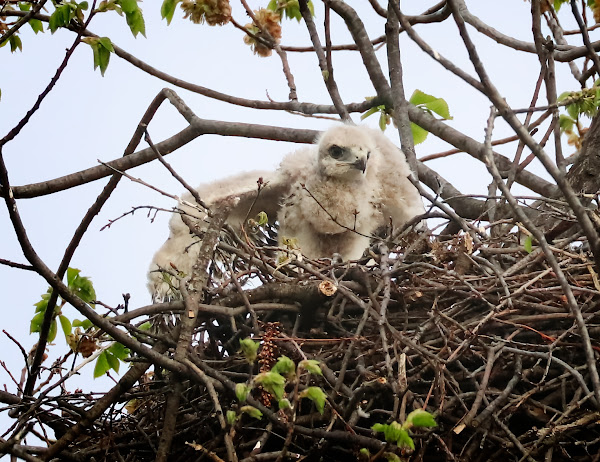

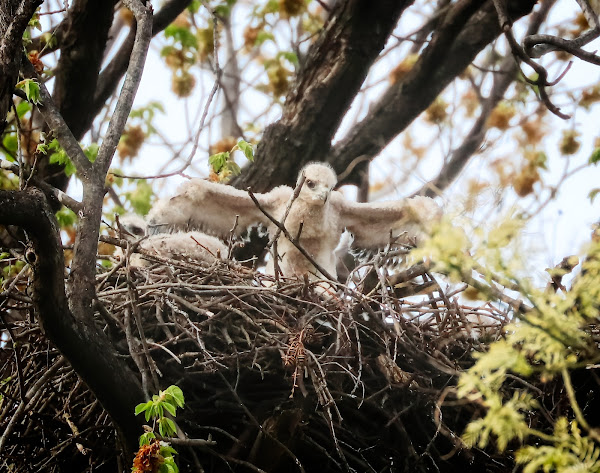
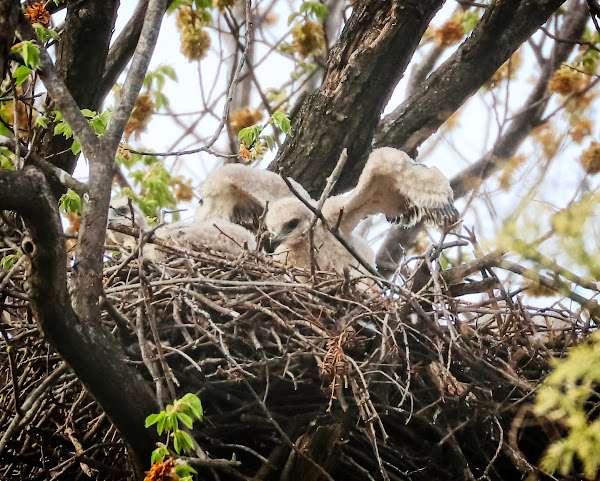
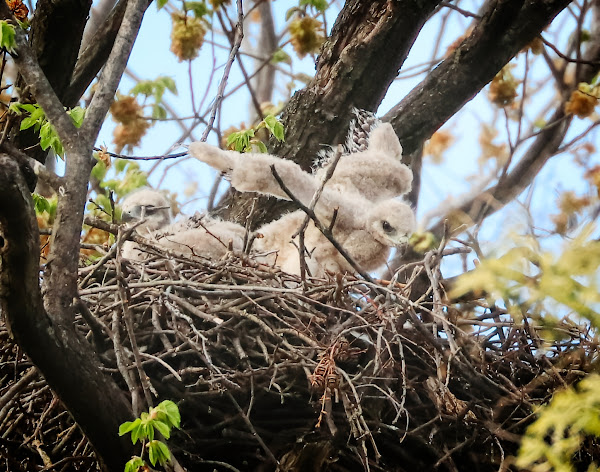
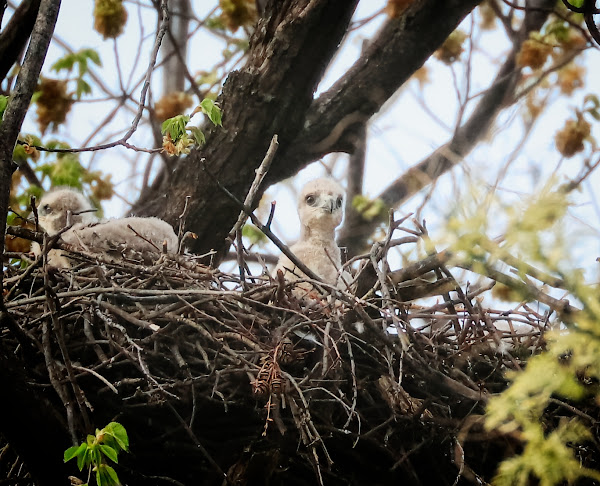
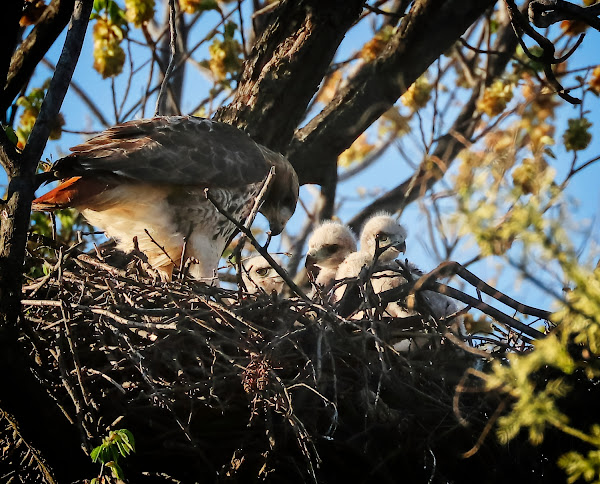
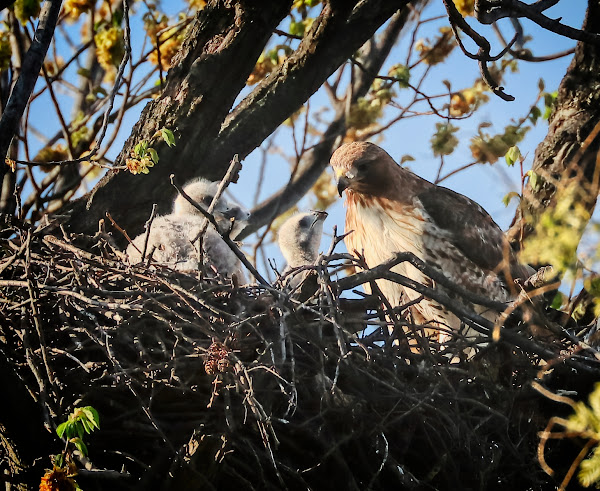


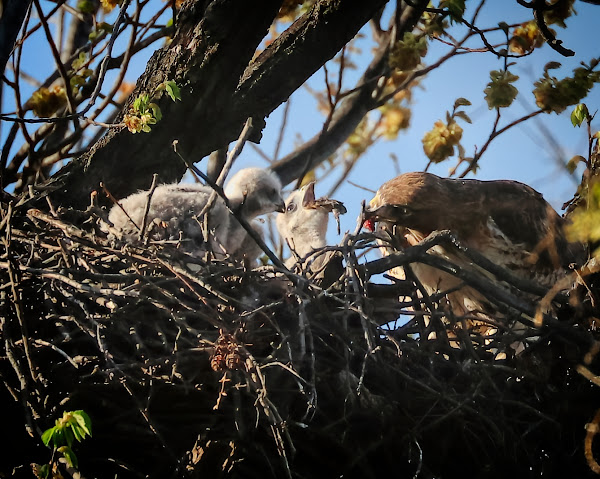



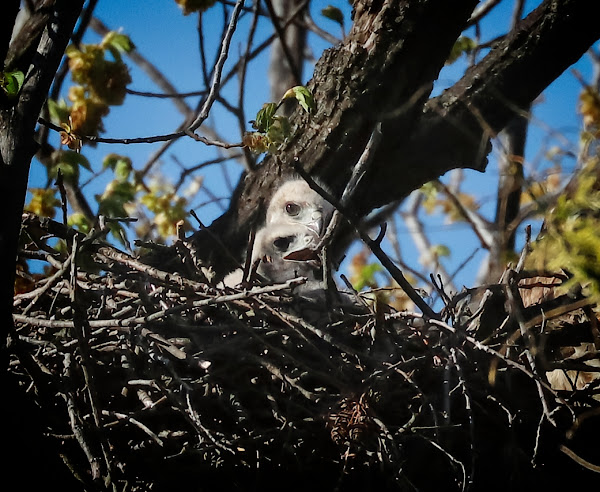





No comments:
Post a Comment